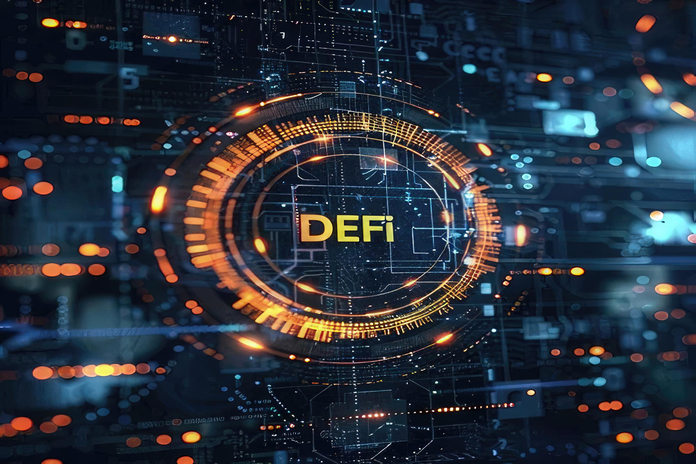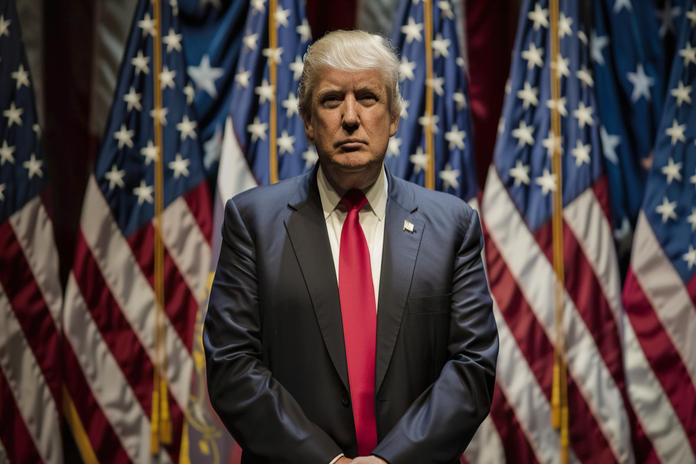DeFi’s Role in Ethereum Spurs Debate Among Crypto Leaders
This post was originally published on this site

Vitalik Buterin, co-founder of Ethereum, recently found himself at the center of a heated debate after expressing doubts about the long-term impact of decentralized finance on the broader cryptocurrency ecosystem. In a post on X on August 25th, Buterin suggested that DeFi, while influential, may not be the catalyst needed for a significant surge in cryptocurrency adoption. This viewpoint has been met with strong reactions from leaders in the DeFi space, who argue that Buterin’s assessment overlooks critical factors that contribute to Ethereum’s growth and sustainability.
Buterin’s Critique and the Response from DeFi Leaders
Buterin’s critique of DeFi centered on the idea that the sector is too reliant on the existing Ethereum market to drive substantial growth in the crypto space. He expressed skepticism about DeFi’s ability to be the driving force behind a 10-100x increase in adoption, a statement that quickly drew backlash from prominent figures within the DeFi community.
Arthur Cheong, founder of DeFiance Capital, was one of the first to respond. Cheong challenged Buterin’s perspective, emphasizing that DeFi has been instrumental in elevating Ethereum’s market capitalization to its current $330 billion. He argued that Buterin’s comments reflect a misunderstanding of the value drivers behind ETH. “DeFi has not only boosted Ethereum’s usage but has also been a key contributor to its market value,” Cheong stated.
The Centralization Risk of Oracles in DeFi
Another critical point of contention highlighted by Hugo Philion, co-founder of Flare Network, is the centralization and associated risks of oracle services in DeFi. Oracles are essential components of DeFi applications, acting as bridges between blockchain smart contracts and external data sources. However, Philion pointed out that many existing oracle solutions are centralized, creating potential single points of failure within the DeFi ecosystem.
Philion remarked, “The recent critique of DeFi conveniently overlooks the centralization and risk inherent in the current oracle services. With approximately $40 billion in value secured by these oracles, they represent one of the biggest existential risks in all of crypto.”
Philion’s concerns underscore the importance of addressing the centralization of oracles to ensure the security and sustainability of DeFi. As DeFi applications continue to grow in complexity and value, the reliance on centralized oracles could pose significant threats to the entire ecosystem, potentially undermining the very foundations that have contributed to Ethereum’s success.
DeFi’s Role in Driving Ethereum’s Value
Rhett Shipp, founder of Gravita Protocol, also weighed in on the debate, arguing that DeFi is a crucial driver of Ethereum’s usage and gas fees. These factors, in turn, bolster the value of ETH. Shipp went as far as to claim that without DeFi, Ethereum’s value could be 80% lower than it is today. “DeFi is not just a buzzword; it’s a fundamental part of what makes Ethereum valuable,” Shipp stated.
Shipp’s assertion highlights the symbiotic relationship between DeFi and Ethereum. As DeFi continues to innovate and attract new users, it drives demand for Ethereum’s network, leading to higher gas fees and, ultimately, increased value for ETH. This perspective directly challenges Buterin’s critique, suggesting that DeFi’s impact on Ethereum is far more significant than he acknowledges.
The Ongoing Debate and Its Implications
The debate over DeFi’s impact on Ethereum is far from settled. While Buterin’s comments have sparked valuable discussions, they have also brought attention to critical issues that need to be addressed, particularly the centralization of oracles. As the DeFi ecosystem continues to evolve, finding solutions to these challenges will be essential for ensuring its long-term sustainability and security.
The discourse also underscores the complexity of the crypto space, where differing perspectives can lead to constructive debates that ultimately drive the industry forward. As Ethereum and DeFi continue to shape the future of finance, the ongoing dialogue between its leaders will play a crucial role in guiding its development.
Conclusion: The Vital Role of DeFi in Ethereum’s Future
DeFi’s impact on Ethereum is a topic of significant debate, with leaders in the space challenging Vitalik Buterin’s recent critique. While Buterin raises important questions about the future of DeFi, the responses from figures like Arthur Cheong, Hugo Philion, and Rhett Shipp underscore the crucial role that DeFi plays in driving Ethereum’s value and adoption. As the ecosystem continues to grow, addressing the challenges of centralization and ensuring the security of key components like oracles will be vital for maintaining Ethereum’s position as a leader in the cryptocurrency space.
Featured Image: Freepik










